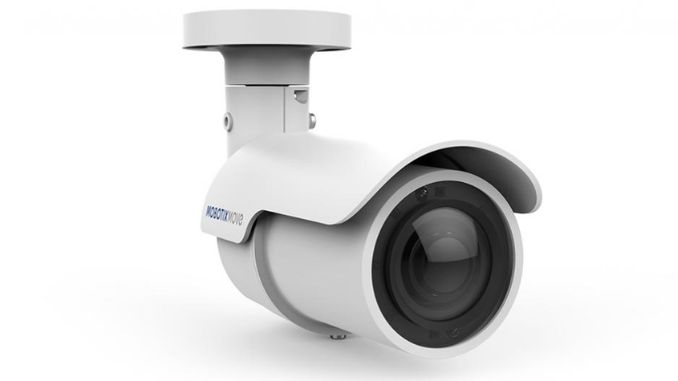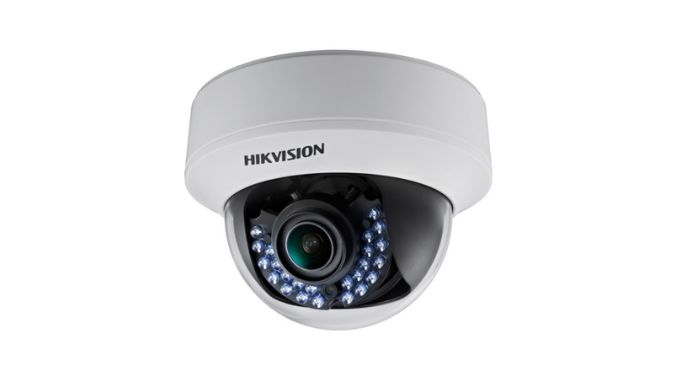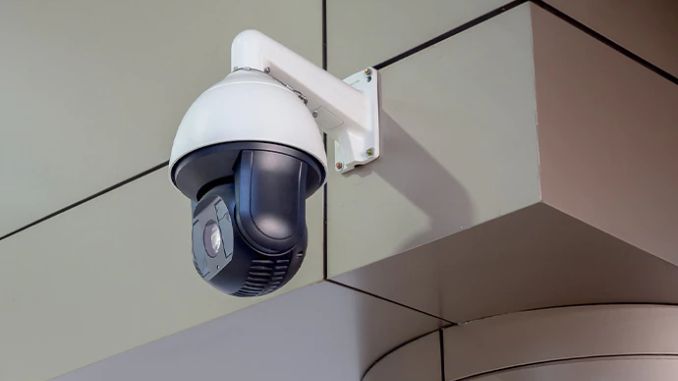Home and business owners increasingly rely on security cameras to monitor their properties and keep them safe. However, standard cameras fall short when you need to surveil areas behind windows.
The reflective and refractive properties of glass make it almost impossible to see through clearly, especially at sharp angles.
Thankfully, advanced specialized cameras are now available that can overcome the challenges of capturing usable footage through windows.In this comprehensive guide, we’ll explore what features allow cameras to see through windows efficiently.
Why Installing Cameras Behind Windows is Challenging
The main obstacle with capturing footage through windows is the glass itself. Standard security cameras use infrared night vision technology to see in low-light conditions. But the infrared light reflects off the glass, resulting in a glare that obscures the view. During the daytime, sunlight shining on the window also causes refraction issues.
The angle of the camera relative to the window is also important. Sharp angles make seeing past the glare and reflection even more difficult. To get a clear image, the security camera needs to be positioned as close to the perpendicular angle of the window as possible.
Key Features of Security Cameras That Can See Through Windows
Specialized security cameras that can effectively record through Windows have the following features:
- Infrared cut-filter: This filter blocks infrared light at certain wavelengths to avoid night vision glare on the glass. It allows the camera to see through the window clearly at night.
- Wide dynamic range (WDR): WDR enables the camera to adjust to differences in brightness and overcome intense backlight from the sun shining through the window.
- Polarized lens: This type of lens blocks reflective glare. It filters out specific polarized light waves to reduce refraction on the glass.
- High resolution: The higher the camera resolution, the sharper video it can capture through the window, even under suboptimal conditions. Look for 1080p or 4K cameras.
- Motion detection alerts: You can set up alerts to be notified when the camera detects movement behind the window for added security.
Recommended Security Camera Types for Seeing Through Windows
Here are the best types of security cameras for effectively monitoring areas through windows:
Bullet Cameras

Bullet cameras are aptly named because of their long, tube-like shape. They are designed to be pointed at an angle, making them ideal for capturing video through indoor or outdoor windows.
Choose a model with the features above, like infrared cut-filter, WDR, and polarized lens for optimal day and night viewing. Install it close to the window and angle it directly towards the glass to reduce glare and reflection.
Dome Cameras

Dome cameras have a rounded compact design that houses the lens and other components. This discreet shape blends into home or office décor easily.
Dome cameras capture a wide field of view and are available in models specifically engineered to see through windows. Their tinted dome cover helps reduce glare. Position the dome camera as close to the perpendicular angle of the window as possible for optimal surveillance.
PTZ Cameras

PTZ stands for pan, tilt, zoom. These cameras can remotely pan left and right, tilt up and down, and zoom in on objects. This versatility makes them well-suited for monitoring through Windows.
You can adjust the PTZ camera to find the best angle that minimizes glare and reflection on the glass. The zoom lens also lets you view small details through the window clearly.
How Different Types of Glass Impact Camera Visibility
Not all windows are equal regarding a security camera’s ability to see through them clearly. The thickness, coatings, and types of glass used impact visibility.
Here’s how they differ:
- Thicker glass: – More layers and thickness makes it harder for cameras to penetrate due to more surfaces causing glare and IR reflection.
- Tinted glass: Tinted windows reduce visibility even more by design, blocking a portion of light transmission.
- Low-E coated glass: This energy-efficient glass has metallic oxide coatings that block infrared light, interfering with night vision capability.
- Laminated safety glass: Used in car windshields, it has an internal layer that causes visual distortions.
- Frosted glass: The obscured translucent look of frosted glass severely reduces visibility.
In summary, thin, clear untreated single-pane glass allows for the highest visibility. Consider the type of glass when picking your security camera and positioning it for the best view.
Camera Positioning Tips for Optimal Visibility
Where and how you mount the security camera is key for capturing visible footage through the window. Follow these tips:
- Install the camera as close to the window as possible, nearly touching the glass. The farther away, the more distorted the view.
- Angle the camera to be at a perpendicular 90-degree angle to the window pane. This minimizes glare and reflection.
- Adjust the camera height to center it relative to the window for the fullest view. Don’t angle down or upwards.
- Position the camera behind the thinnest, clearest pane without coatings or tint for multi-paned windows.
- Set the camera away from window frames and casings to remove obstructions.
- Verify the view during day and night conditions and adjust until optimal visibility is achieved.
Following these best practices for security camera placement ensures you can monitor behind windows with maximum clarity and detail.
Extra Tips for Enhancing Camera Visibility Through Glass
A few additional tips can further enhance the camera’s ability to see through windows clearly:
- Use the camera’s WDR setting during the daytime to balance out intense backlighting from the sun.
- Switch on the infrared cut filter at night to cut through glass glare from IR illumination.
- Install exterior light fixtures at the window to augment ambient lighting at night.
- Keep the interior window glass very clean and streak-free for best light transmission.
- Upgrade older windows whenever possible for thinner glass without heavy coatings.
Conclusion
Installing security cameras to monitor premises through windows can be tricky, but it is possible with the right equipment and techniques. Specialized cameras designed to see through glass are now available, featuring infrared cut-filters, WDR, polarized lenses, and high resolution. Bullet, dome, and PTZ cameras can be positioned at the optimal perpendicular angle to the window pane. The thinner, untreated single-pane glass allows for the highest visibility. Adjusting the camera height to center on the window, minimizing obstructions, and tweaking the settings enhance the video quality further. With advancements in camera technology, capturing clear, visible footage through windows day and night is feasible. Strategically placed cameras that can see through windows are an effective crime deterrent and provide peace of mind.
